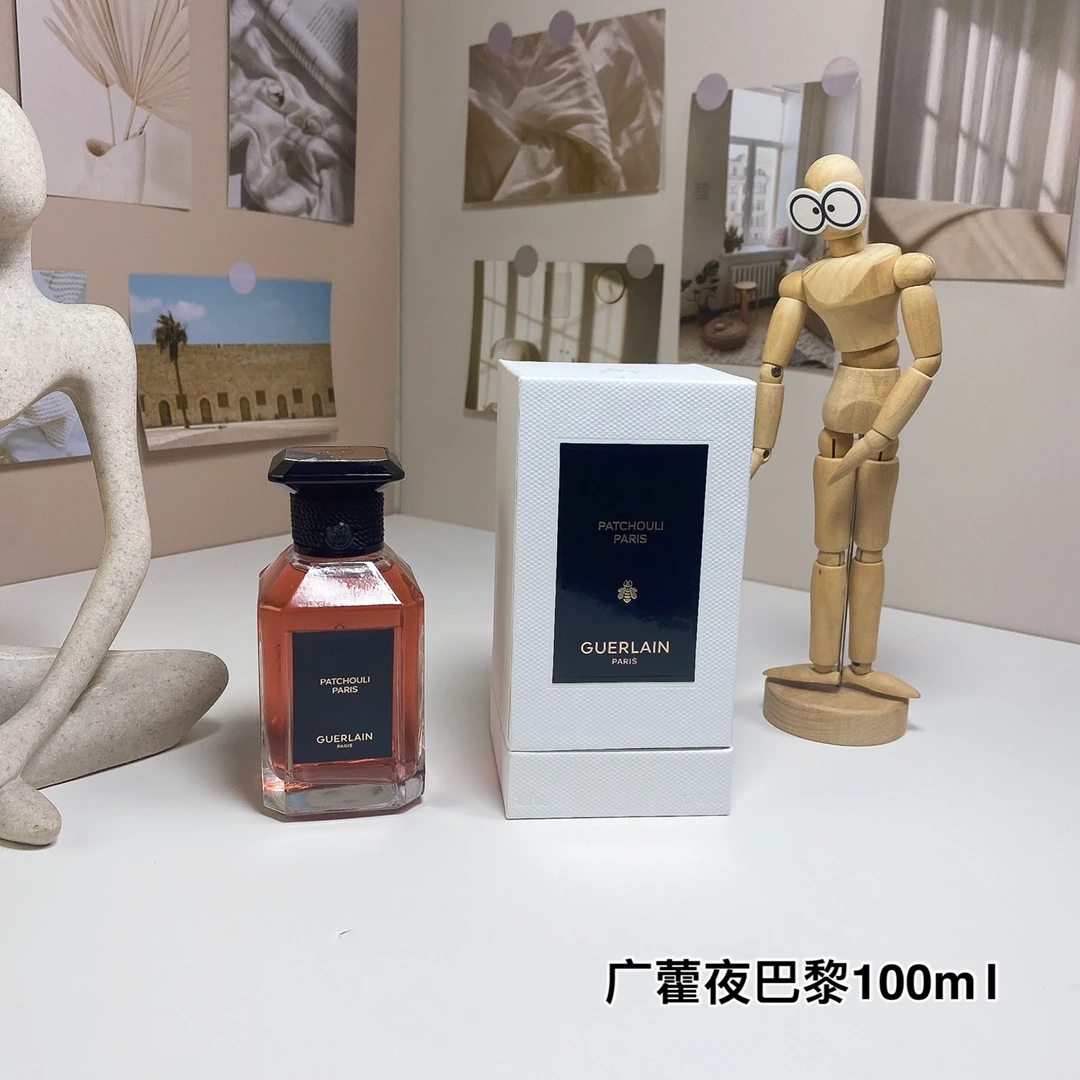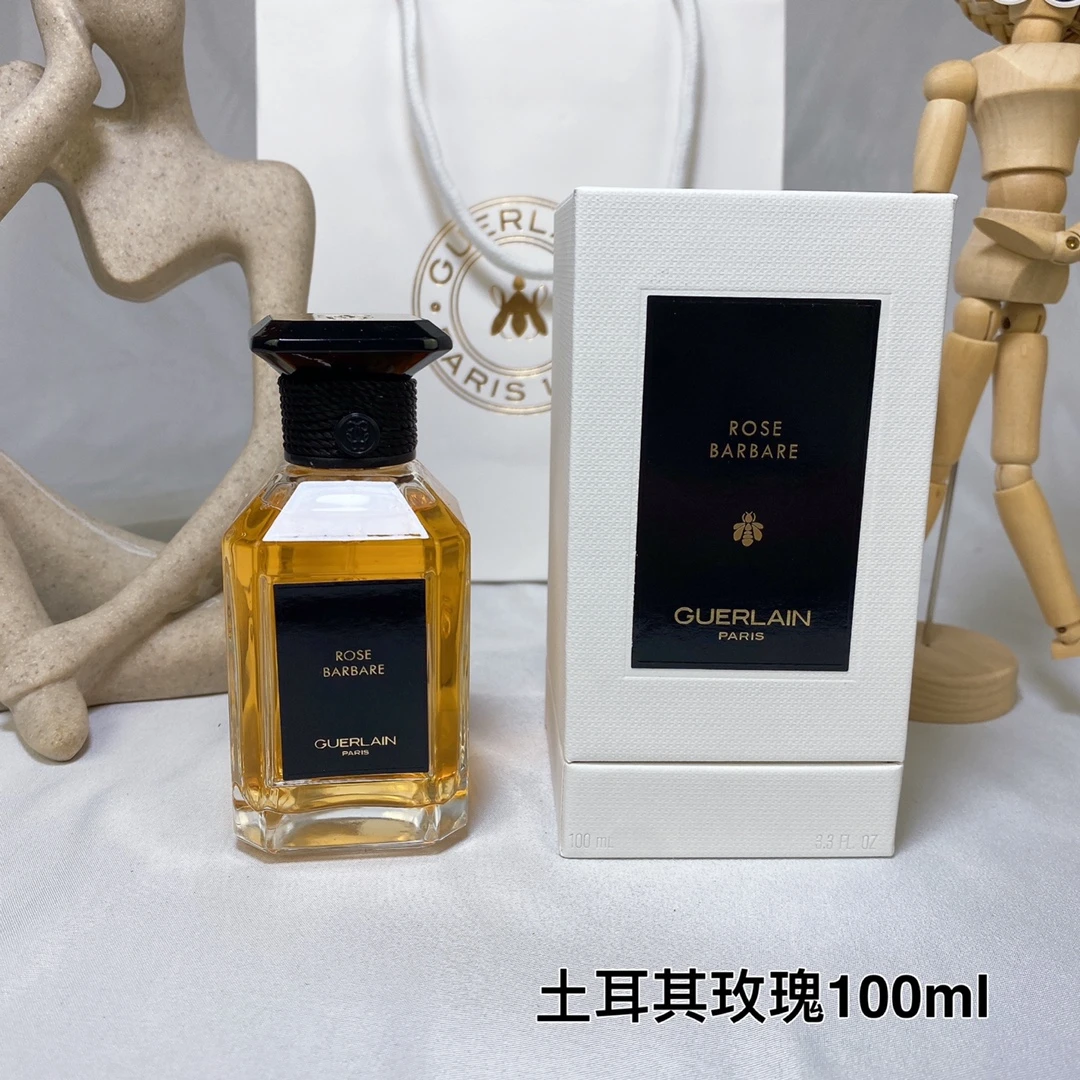
- Afrikaans
- Albanian
- Amharic
- Arabic
- Armenian
- Azerbaijani
- Basque
- Belarusian
- Bengali
- Bosnian
- Bulgarian
- Catalan
- Cebuano
- China
- China (Taiwan)
- Corsican
- Croatian
- Czech
- Danish
- Dutch
- English
- Esperanto
- Estonian
- Finnish
- French
- Frisian
- Galician
- Georgian
- German
- Greek
- Gujarati
- Haitian Creole
- hausa
- hawaiian
- Hebrew
- Hindi
- Miao
- Hungarian
- Icelandic
- igbo
- Indonesian
- irish
- Italian
- Japanese
- Javanese
- Kannada
- kazakh
- Khmer
- Rwandese
- Korean
- Kurdish
- Kyrgyz
- Lao
- Latin
- Latvian
- Lithuanian
- Luxembourgish
- Macedonian
- Malgashi
- Malay
- Malayalam
- Maltese
- Maori
- Marathi
- Mongolian
- Myanmar
- Nepali
- Norwegian
- Norwegian
- Occitan
- Pashto
- Persian
- Polish
- Portuguese
- Punjabi
- Romanian
- Russian
- Samoan
- Scottish Gaelic
- Serbian
- Sesotho
- Shona
- Sindhi
- Sinhala
- Slovak
- Slovenian
- Somali
- Spanish
- Sundanese
- Swahili
- Swedish
- Tagalog
- Tajik
- Tamil
- Tatar
- Telugu
- Thai
- Turkish
- Turkmen
- Ukrainian
- Urdu
- Uighur
- Uzbek
- Vietnamese
- Welsh
- Bantu
- Yiddish
- Yoruba
- Zulu
- Introduction to Bluetooth Headphones for Android
- Technical Advantages of Bluetooth In-Ear Headphones for Android
- Major Brands Comparison: Bluetooth Headphones for Android
- Custom Solutions: Tailoring Wireless Headphones for Running and Everyday Use
- Application Scenarios: Bluetooth Headphones Integrated with Android Devices
- Performance Metrics: Data and Real-World Case Studies
- Conclusion: Selecting the Best Bluetooth Headphones for Android

(bluetooth headphones for android)
Introduction to Bluetooth Headphones for Android Devices
With the proliferation of smartphone usage, the demand for seamless, high-quality audio accessories has surged, particularly among Android users. Bluetooth headphones for Android devices have evolved into essential gadgets for those seeking wireless freedom, high-fidelity sound, and uninterrupted connectivity. According to a 2023 IDC market report, the global wireless headphone market is expected to reach $52 billion by 2027, with over 65% of devices optimized for Android integration. This explosive growth is driven by improvements in Bluetooth protocols, battery life, and advanced audio codecs, ensuring users experience minimal latency and maximum convenience. As the Android ecosystem continues to expand, compatibility and performance benchmarks for Bluetooth in-ear headphones tailored to these devices have become more rigorous, giving rise to a new era in mobile audio hardware.
Technical Advantages of Bluetooth In-Ear Headphones for Android
The current generation of Bluetooth in-ear headphones built for Android showcases significant technical innovations. Bluetooth 5.2 and above protocols are now standard, providing enhanced bandwidth, ultra-low latency (as low as 40ms), and energy efficiency that extends playback time up to 10-15 hours on a single charge. Android's native support for codecs like aptX HD and LDAC ensures lossless audio transmission, suitable for audiophiles and casual listeners alike.
- Multi-device Pairing: Newer Android-focused models allow simultaneous pairing with multiple devices, simplifying the switch between phone, tablet, and laptop.
- Active Noise Cancellation (ANC): Advanced signal processing eliminates ambient noise, proven in controlled environments to reduce unwanted sounds by up to 30dB.
- Sweat and Water Resistance: A necessity for running and fitness, most wireless headphones for running Android devices now feature IPX4 to IPX7 ratings.
- Voice Assistant Integration: Full compatibility with Google Assistant and other Android-based virtual assistants enables hands-free control and productivity boosts.
Major Brands Comparison: Bluetooth Headphones for Android
To aid potential buyers, below is a detailed comparison of leading brands producing Bluetooth headphones designed for Android. Each brand features unique selling points, from battery life to audio codec support and overall value for money.
| Brand & Model | Bluetooth Version | Codec Support | Battery Life (hours) | ANC Level (dB) | Water Resistance | Price (USD) |
|---|---|---|---|---|---|---|
| Samsung Galaxy Buds2 Pro | 5.3 | SSC, AAC | 8 / 29 (with case) | Up to 32 dB | IPX7 | 179.99 |
| Sony WF-1000XM4 | 5.2 | LDAC, AAC, SBC | 8 / 24 (with case) | Up to 35 dB | IPX4 | 278.00 |
| Jabra Elite 7 Active | 5.2 | aptX, AAC, SBC | 9 / 35 (with case) | Up to 28 dB | IP57 | 179.99 |
| Anker Soundcore Life P3 | 5.0 | AAC, SBC | 7 / 35 (with case) | Up to 25 dB | IPX5 | 79.99 |
| Bose QuietComfort Earbuds II | 5.3 | AAC, SBC | 6 / 24 (with case) | Up to 35 dB | IPX4 | 299.00 |
These data points highlight not just price variations but also critical differences in technical performance, durability, and features. Samsung excels in seamless Android integration, Sony leads in audio quality and ANC, Jabra targets sports fans with robust resistance, and Anker delivers exceptional value at a budget-friendly price point.
Custom Solutions: Tailoring Wireless Headphones for Running and Everyday Use
Beyond off-the-shelf products, several manufacturers offer customization options for wireless headphones for running Android users and general enthusiasts. OEMs like Jabra and Anker have responded to consumer demand by enabling custom fit profiles using 3D ear scanning, adjustable EQ sound profiles, and interchangeable ear tips to guarantee comfort during rigorous activity. Custom engraving and branding options are available for corporate clients or fitness teams.
Technologically, the firmware of premium wireless headphones can be adapted to optimize battery allocation for specific use scenarios. Examples include ‘Running Mode’ settings that prioritize stability and audio focus, or ‘Commuter Mode’ that enhances active noise cancellation for city commuting. Sensors embedded within the hardware now measure heart rate, movement, and environmental noise, adjusting playback profiles in real time to optimize the user’s experience. This versatility addresses a wide variety of unique listening preferences and athletic requirements.
Application Scenarios: Bluetooth Headphones Integrated with Android Devices
Bluetooth headphone integration with Android unlocks a host of advanced application scenarios across daily life, work, and recreation. Within the fitness sector, wireless headphones for running Android allow real-time voice coaching and heart rate monitoring, making them indispensable tools for personal health and safety. For office professionals, devices support multipoint pairing and Google Assistant-driven productivity tasks such as scheduling reminders, dictating messages, and hands-free call management.
In public transport environments, cutting-edge ANC technology helps eliminate subway or airplane noise, resulting in less fatigue and better focus. Gamers and content creators benefit from low latency modes, minimizing audio lag for synchronized sound during mobile gaming or video editing. Some headphones even offer ‘Ambient Mode’ for urban runners and cyclists, balancing situational awareness with personal entertainment.
Performance Metrics: Data and Real-World Case Studies
Market research and independent lab testing have yielded notable performance metrics for Bluetooth headphones tailored to Android. For instance, a blind test conducted by SoundGuys in late 2023 compared ten wireless earbuds by average latency, battery life, and ANC strength. Results indicated that models equipped with Bluetooth 5.2 and above consistently achieved under 80ms latency, critical for gaming and video calls. The following table summarizes select findings:
| Metric | Average (All Models) | Top Performer | Lowest Performer |
|---|---|---|---|
| Bluetooth Latency (ms) | 93 | Sony WF-1000XM4 (42) | Anker Soundcore Life P3 (128) |
| Playback Time Full Charge (hours) | 7.2 | Jabra Elite 7 Active (9) | Bose QC Earbuds II (6) |
| ANC Reduction Level (dB) | 28 | Sony WF-1000XM4 (35) | Anker Life P3 (25) |
| IPX Water Rating | IPX5 | Jabra Elite 7 Active (IP57) | Bose QC Earbuds II (IPX4) |
Case studies from endurance runners highlight the impact of ergonomically designed wireless headphones, with over 60% reporting improved workout durations thanks to stable fit and sweat resistance. Office workers noted a 35% decrease in distractions when using headphones with advanced ANC and tailored ambient sound controls. As demonstrated, product performance varies but continues to improve as Bluetooth standards and hardware advance.
Conclusion: Choosing the Optimal Bluetooth Headphones for Android
Selecting the best bluetooth headphones for android
hinges on understanding both personal needs and the technical capabilities of current models. Users must weigh factors such as battery life, audio quality, waterproof ratings, and customizability for running or office use. The latest market data underscores a clear trend: as Android integration becomes more robust, headphones are evolving into multifunctional tools for fitness, productivity, and entertainment. By examining both statistical benchmarks and real-life applications, consumers can confidently invest in a product that elevates every aspect of their connected lifestyle.

(bluetooth headphones for android)
FAQS on bluetooth headphones for android
Q: What are the best Bluetooth headphones for Android phones?
A: The best Bluetooth headphones for Android phones often include brands like Sony, JBL, and Samsung. These offer excellent sound quality, comfort, and reliable compatibility with Android devices.Q: Do Bluetooth in-ear headphones work well with all Android devices?
A: Most Bluetooth in-ear headphones are universally compatible with Android smartphones and tablets. Make sure your device's Bluetooth version matches or exceeds the headphones' requirements for optimal performance.Q: Are wireless headphones for running suitable for Android users?
A: Yes, many wireless headphones for running are designed to pair seamlessly with Android devices. Look for sweatproof designs and secure fits for the best workout experience.Q: How do I connect Bluetooth headphones to my Android phone?
A: Turn on Bluetooth on your Android device and place your headphones in pairing mode. Select the headphones from the Bluetooth menu to connect easily.Q: Can I use Bluetooth in-ear headphones with Google Assistant on Android?
A: Yes, many Bluetooth in-ear headphones support Google Assistant when connected to Android. Check the product features to ensure this compatibility.PREV:
This is the first articleLatest News











